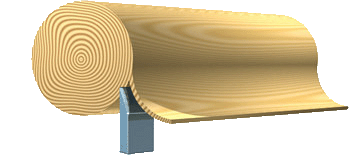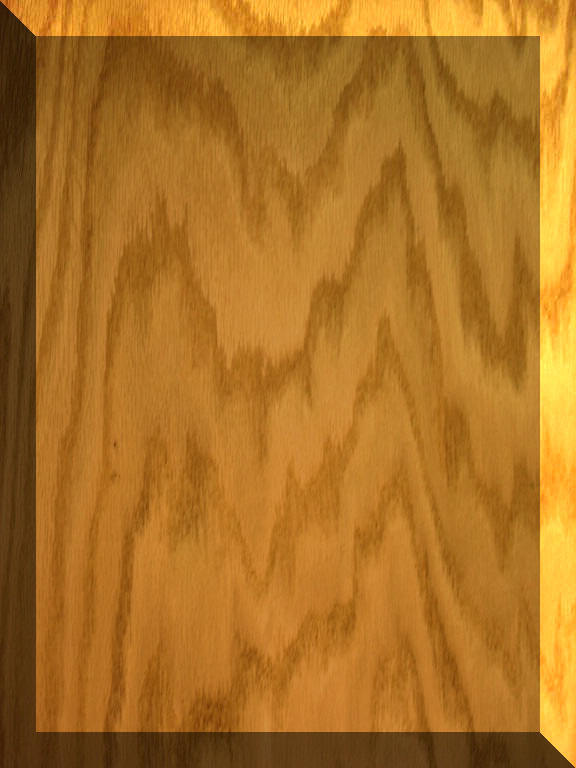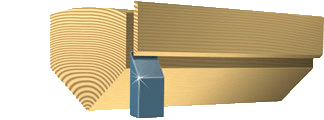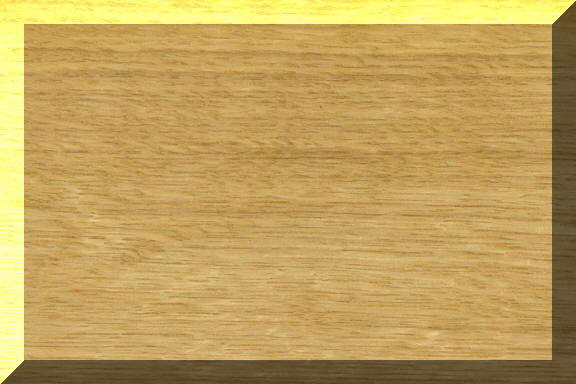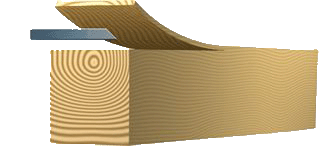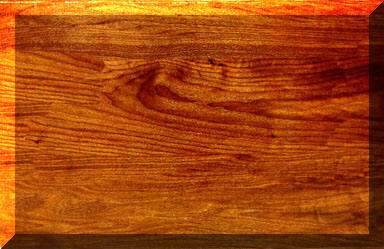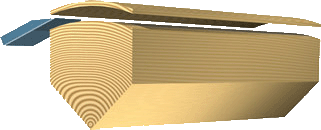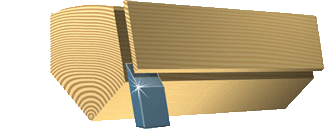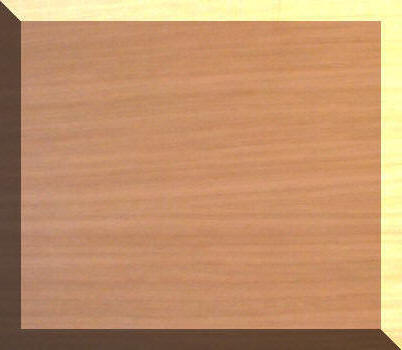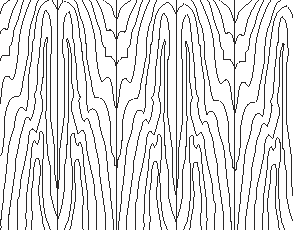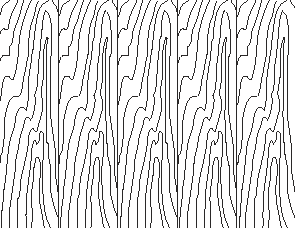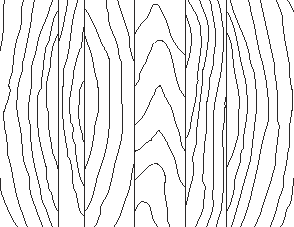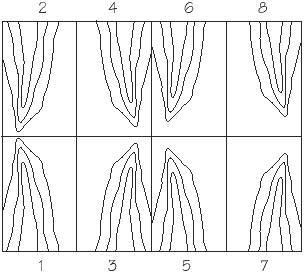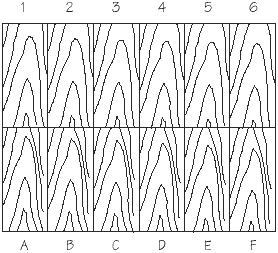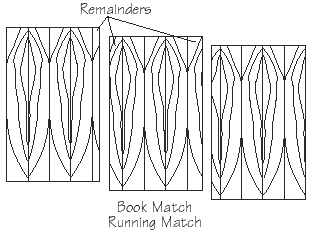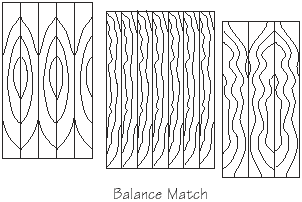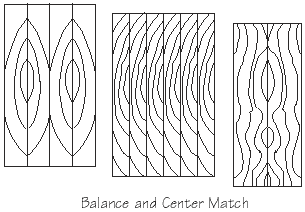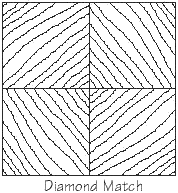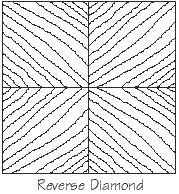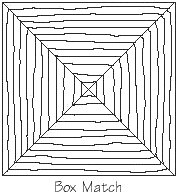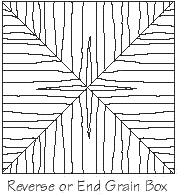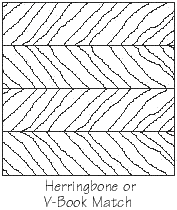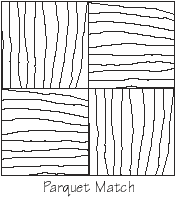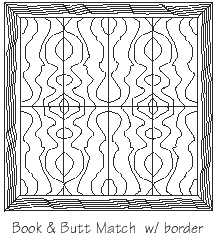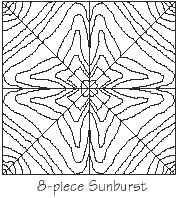|
|
|
ROTARY CUT VENEERS
The log is mounted centrally in the lathe and turned against a razor
sharp blade, like unwinding a roll of paper. Since this cut follows the
log's angular growth rings, a multi-patterned grain marking is produced.
Rotary cut veneer is exceptionally wide.
QUARTER SLICED VENEERS
The quarter log, or flitch, is mounted on the flitch table so that the
growth rings of the log strike the knife at approximately right
angles, producing a series of stripes, straight in some woods, varies in
others.
FLAT SAWN OR PLAIN SLICED VENEERS
The half log, or flitch, is mounted with the
heart side flat against the flitch table of the slicer and the
slicing is done parallel to a line through the center of the log.
This produces a distinct figure.
HALF ROUND SLICED VENEERS
A variation of rotary cutting. Segments, or flitches, of the log are
mounted off center on the lathe. This results in a cut slightly across
the annular growth rings, and visually shows modified characteristics of
both rotary and plain sliced veneers.
RIFT CUT VENEERS
Rift veneer is produced in the various species of Oak. Oak has medullary
ray cells which radiate from the center of the log like curved spokes of
a wheel. The rift, or comb grain effect is obtained by cutting an angle
of about 15 degrees of the quartered position to avoid the flake figure
of the medullary rays.
MATCHING OF ADJACENT VENEER LEAVES
MATCHING WITHIN INDIVIDUAL PANEL FACES
SKETCH FACE PATTERNS
|
|
|
Veneer Specifications
|
|
|||||
|
|
|||||
|
|

